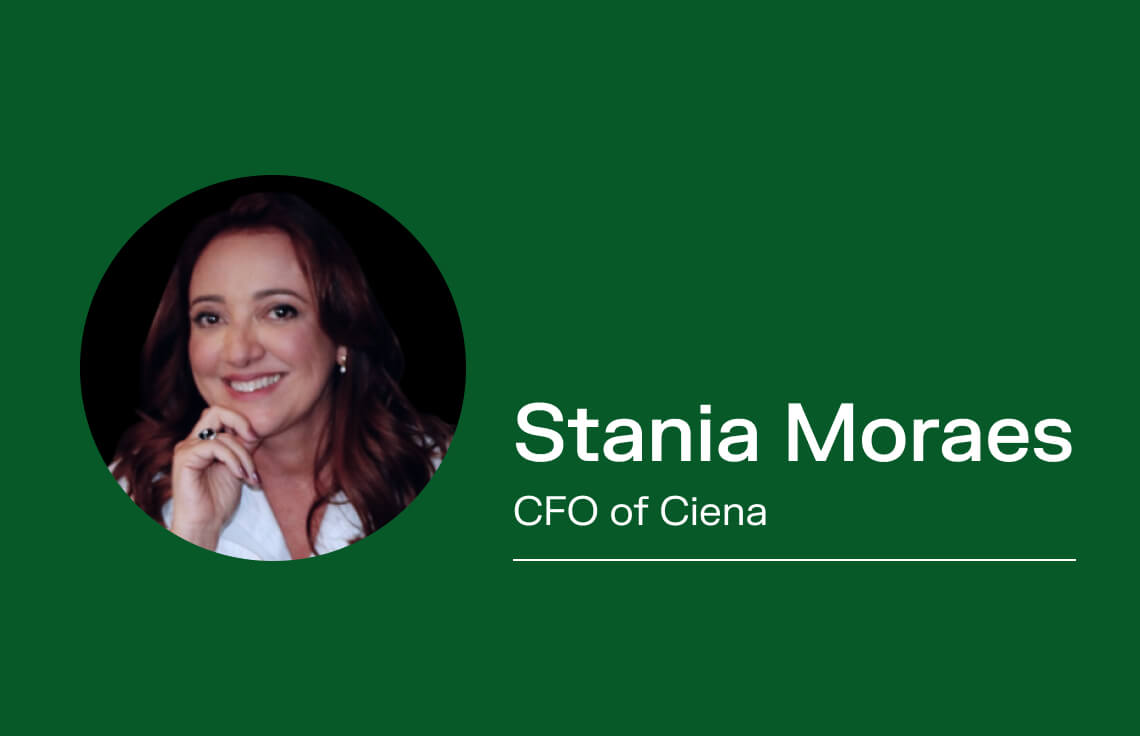The education sector is the ball of the moment in terms of investments. Higher education in the country is already consolidated, and there are currently few acquisition targets if we compare it to 10 years ago.
The first criterion of a powerful growth strategy is diversification and moving away from the concentration focus of higher education. The focal point today is K-12 schools, there is a certainty that kids enter school in elementary school, but there is no guarantee that they will do a degree. Because it is highly pulverized, K-12 is fascinating.
What are the main M&A projects in the industry today? What is interesting about them?
There are many interesting initiatives in both the higher education and K-12 segments. In higher education, investors are particularly interested in colleges and universities that offer courses in the healthcare field, which includes undergraduate and graduate medical and management courses – hospitals, clinics, laboratories, etc. In the K-12 segment, which goes from elementary to high school, there are new groups and international and national investors interested in investing in this highly pulverized segment. The main interest of these groups in K-12 is the bilingual and technical vocational schools, especially those that offer courses in the health, management, and technology areas.
What are the main criteria you analyze when investing or carrying out a project in the education sector?
To have an idea, the largest group in the sector in Brazil only has 2% of the market. For this reason, investors are willing to invest, and there is a movement to capitalize on these schools to offer quality education with good infrastructure and bilingual education. The problem is that most schools today lack qualified labor, especially with fluent English, to meet the expectations of students, parents, and investors.
The most sought-after schools to invest in are bilingual teachers and a modern pedagogical vision, whose methodology is carefully reviewed to meet the long-term expectations of the labor market. It is also interesting that they offer full-time education, promoting extracurricular activities, sports, computer classes, robotics, libraries, living spaces, and adequate food. This standard should also be a priority in the public sector. In an ideal world, our schools should also offer optional courses in carpentry, theater, hours, etc.
What is the performance of the WoW Accelerator today in the area of education? What are the main projects it is currently carrying out?
The Wow is an accelerator of digital startups. The WoW has investments in companies from various sectors and segments, and in education, the so-called edTechs. At this moment, we are participating in projects such as: Fiscalize, a test application platform for educational institutions, so that teachers and coordination gain more time in the creation and correction of assessments – whether face-to-face or online; Iris Lab, a platform that teaches children to use screens consciously and healthily, using a structured methodology, Diário Escola, school management application; among several others.
In your opinion, which Brazilian regions or states should attract more investments this year and next year?
The Southeast region is the one that attracts more investments in schools for classes A and B. However, investors are looking very carefully at schools in the South, Northeast, and Midwest. Despite having a great lack of investments, the North is receiving some but still doesn’t attract as much interest.
What are the main trends in the sector today?
The investment trends at the moment are concentrated in the universities and colleges that offer medical and health management courses, as well as in bilingual K-12 and technical-vocational schools.


